The composition of an image, or the way in which the elements of a picture are arranged within the frame, is crucial to the success of any photo. What compositional rules can be applied (or ignored) to create the best travel photo’s possible…
The Rule of Thirds
Probably the most basic compositional guideline is the rule of thirds, and it takes some beating! This technique has been used by painters since prehistoric artists first started daubing paint onto cave walls and is known to create the most pleasing balance within an image. Imagine dividing the image in your viewfinder into nine equal parts by two equally spaced horizontal and vertical lines. Accepted wisdom holds that when dominant compositional elements (such as trees, noses, horizons, lone farmhouses etc.) are placed along these thirds, or even better at their intersections, the resulting picture will have more impact, balance and interest than if they were placed at the center.
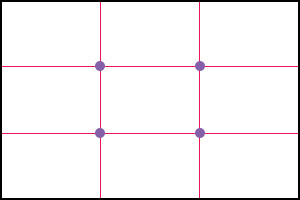
In the diagram above, the lines and points of intersection for the rule of thirds are shown. The strongest composition will result from the image’s main subject being placed on or near one of the purple dots.
The image of the West Gate of Angkor Thom above illustrates the rule of thirds in practice, with the stone face of the gate placed approximately at the intersection of the top and right hand lines.
Of course no rule is hard and fast and there are times when the rule of thirds can or should be broken, the most notable example being that of the mirror image reflection or where perfect symmetry plays an important role.
Lead-in Lines
Picture in your mind an image of rows of lavender bushes in Provence converging towards the sun bursting over the horizon, or a snaking dirt road leading to a forgotten temple. These are classic and very pleasing compositions that owe much to ‘lead-in lines’. A lead-in line is any line (real or implied) that leads the eye into the picture, usually starting at the bottom of the frame guiding the eye upwards through the image. The use of lead in lines need not be restricted to paths or crops in landscape images; they also work well in virtually any context whether from swirls on a shell in a macro (close-up) image or a pair of chopsticks leading towards a bowl of noodles in a restaurant. Once you take the time to look you’ll find that lead in lines are all around you. Use them!
Knowing what to leave out
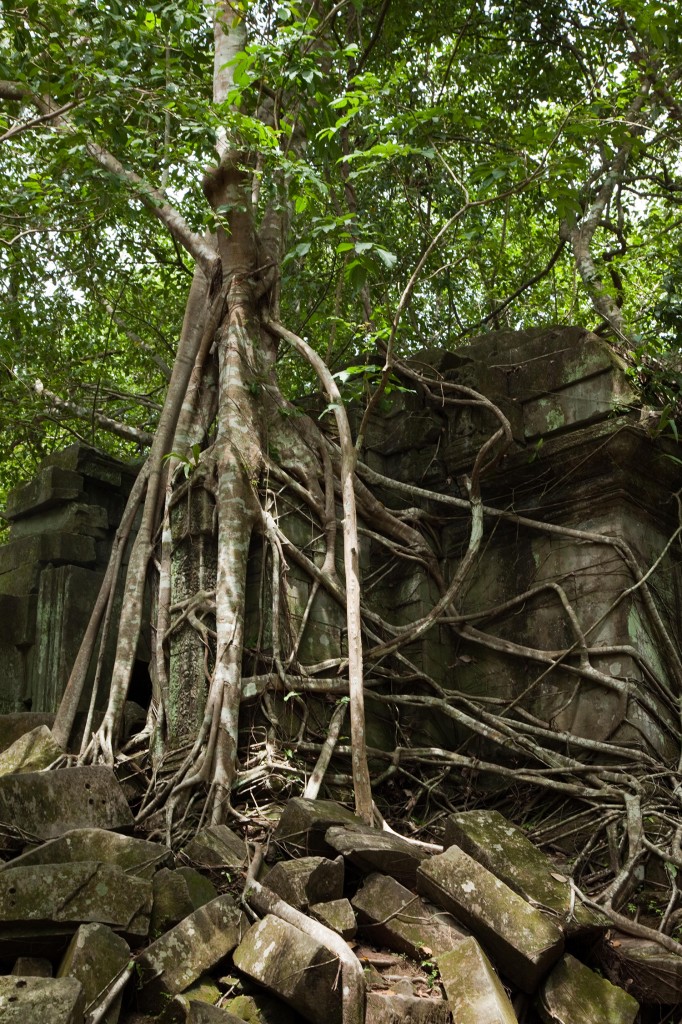
It’s tempting when taking a picture, particularly of a sweeping vista or large temple, to zoom out as far as possible in order to ‘get everything in’. In fact this often doesn’t result in the best image and there is a strong case for picking out single elements of a view that sum up the location or subject. If your subject is very wide attempting to include its entirety in the frame can lead to a composition including acres of empty sky or potentially uninteresting foreground. By focusing in on a particular element, rather than trying to include it all, you will end up with a picture more pleasing to the eye — the perfect memento. Also, before pressing the shutter button, sweep your eyes around the edges of the frame to make sure nothing is intruding into the picture that shouldn’t be – a stray branch or passer by for example.
Space and simplicity
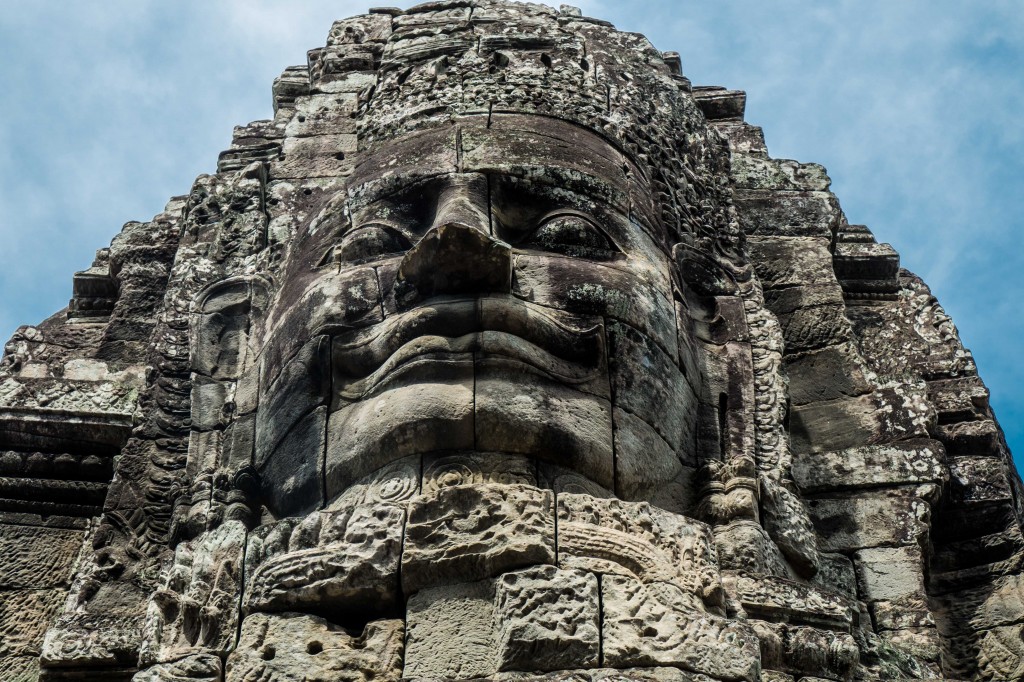
Cluttered images rarely work and simplicity is almost always more effective. Think of a lone poppy in a field of barley, an empty pier leading into a lake or a portrait with an out of focus background. Part of what makes these images work is the use of space. One strong subject, preferably placed according to the rule of thirds, with an unobtrusive background is a good recipe for photographic success.


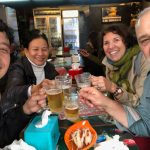
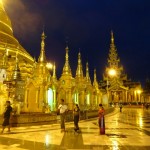
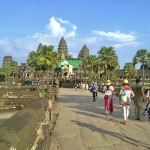


This is very nice post. It is also very helpful for us. I have been searching types of posts. Some days ago I read an article about post. But this better than post.
Services
• Photoshop Clipping Path Service
• Neck joint s invisible mannequin service
• 360° products images editing
• Photoshop shadow service
• Raster to Vector (R2V) Conversion
• Advertising Design
• multiple clipping path or color mask service
• Photoshop Image Masking Service
• Remove The Backgrounds
• photoshop color correction service
• Photo retouching service
• Photo restoration service
• Isolating image service
• photoshop cutout service
• I Image cleaning photo dust removal service
• clipping mask illustrator
• Photoshop Image manipulation services
• Photo cropping /Resizing service
• Image Editing Service
• Photoshop layer mask service.